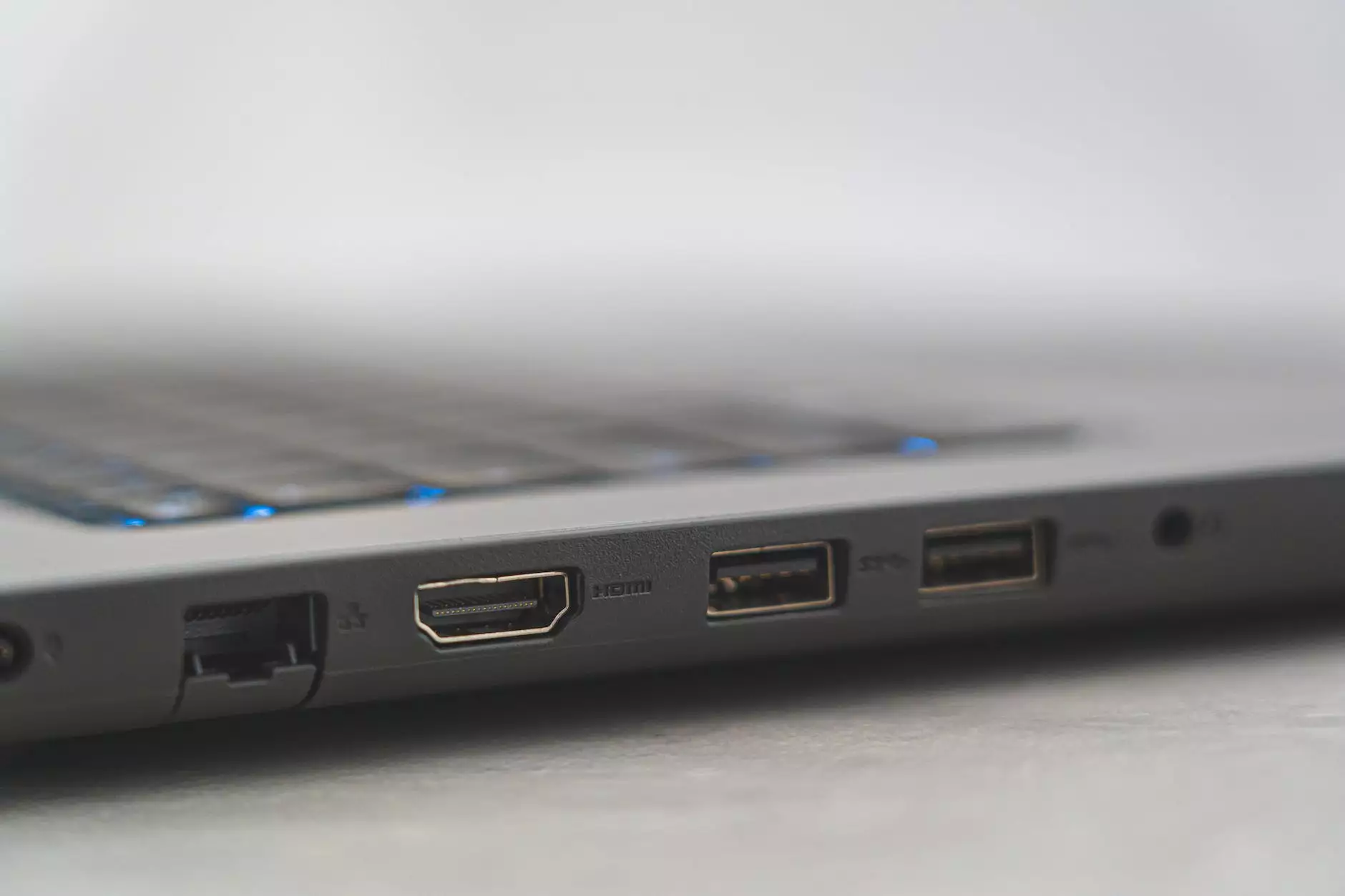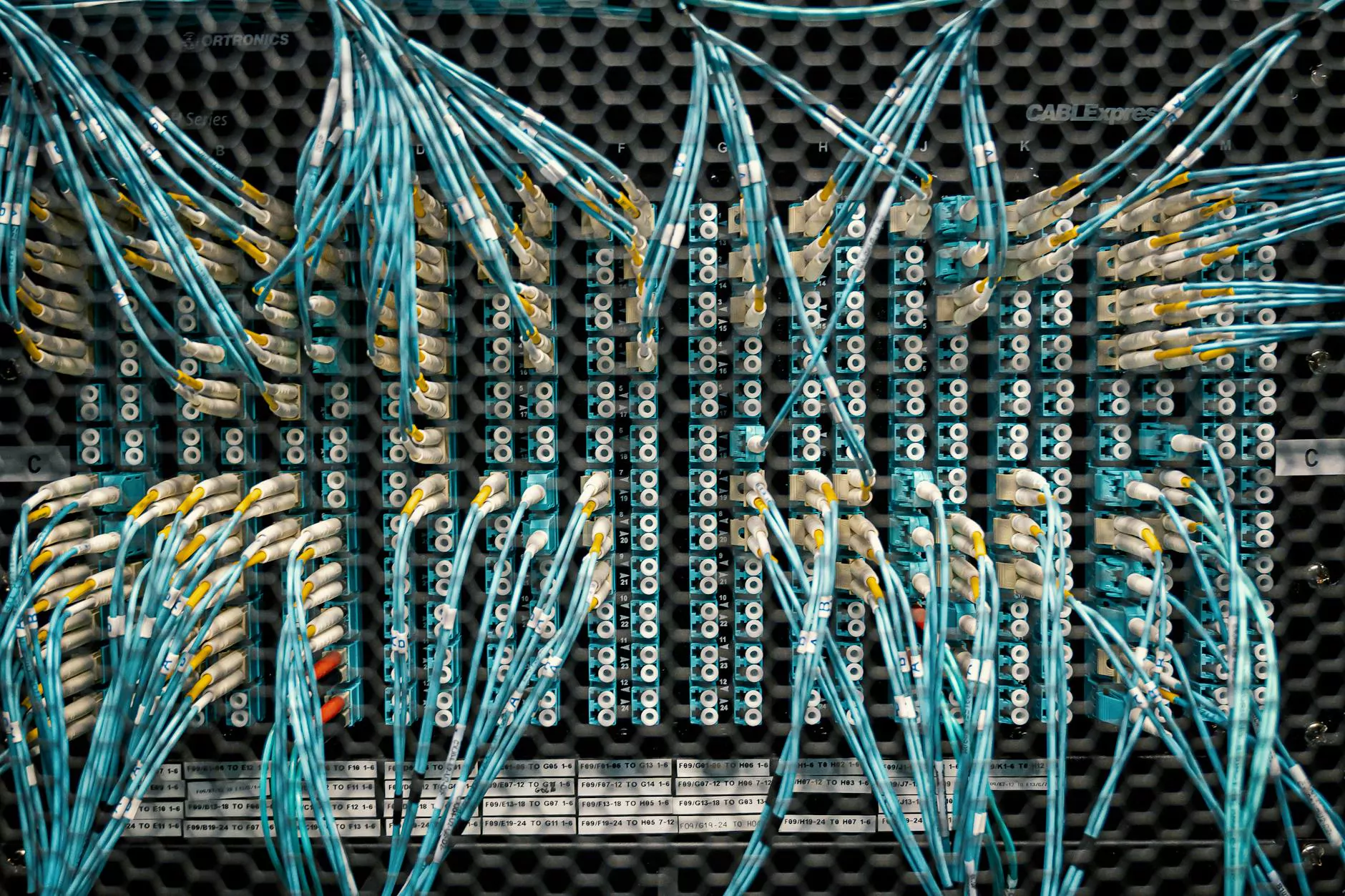EDID Basics – Video Over IP and HDMI

Introduction to EDID
EDID, short for Extended Display Identification Data, is an important aspect of modern video streaming and display technologies. It provides detailed information about the capabilities and characteristics of a display device to the connected video source. By exchanging EDID data, devices ensure optimal compatibility and performance for video transmission.
Importance of EDID in Video Streaming
The accurate transmission of video signals relies on a clear understanding of the display device's capabilities by the video source. EDID plays a crucial role in achieving this goal. By communicating information like supported resolutions, aspect ratios, color spaces, and audio capabilities, EDID enables video sources to select the most appropriate settings for the connected display.
Without proper EDID communication, mismatches can occur, resulting in suboptimal video quality, resolution limitations, or even a complete absence of video output. Therefore, understanding the basics of EDID is essential for individuals and businesses involved in video streaming and display technologies.
EDID and HDMI
HDMI (High-Definition Multimedia Interface) is a popular video and audio interface standard used in numerous devices today. EDID plays a vital role in HDMI connections as it allows the source device, such as a Blu-ray player or gaming console, to automatically detect and configure the best video and audio settings for the connected HDMI display.
When an HDMI connection is established, the display device communicates its EDID information to the source device, which then adjusts its output accordingly. This ensures the optimal viewing experience by delivering the video content in the display's native resolution and refresh rate. Without proper EDID exchange, HDMI devices might not synchronize correctly, resulting in visual artifacts or compatibility issues.
EDID and Video Over IP
With the rapid growth of video over IP technology, EDID continues to play a significant role. Video over IP allows the streaming of high-quality video content over an existing IP infrastructure. EDID ensures that the video source adequately understands the capabilities and preferences of the IP-connected display devices.
In a video over IP setup, EDID information is sent within the data packets to inform the video source and enable it to adjust the video stream parameters accordingly. This ensures that the streaming content is compatible with the destination display devices. Without proper EDID handling, issues such as incorrect aspect ratios, color inconsistencies, or audio/video synchronization problems may arise.
Conclusion
In conclusion, EDID is a crucial factor in ensuring optimal video streaming and display experiences. It enables video sources to communicate effectively with connected display devices, allowing for automatic configuration of video and audio settings. Whether in HDMI connections or video over IP setups, understanding and implementing proper EDID protocols are essential for smooth and high-quality video transmission.
Related Articles
- Video Over IP Technology in eCommerce & Shopping
- HDMI vs. DisplayPort: Choosing the Right Video Connection for Your Needs
- Tips for Choosing a High-Quality Video Cable










